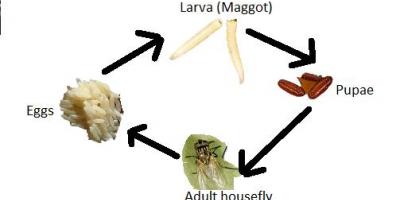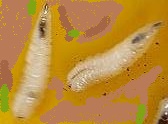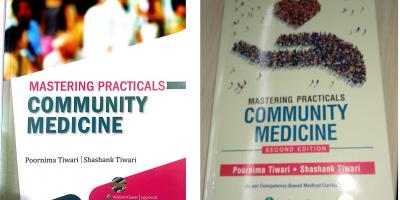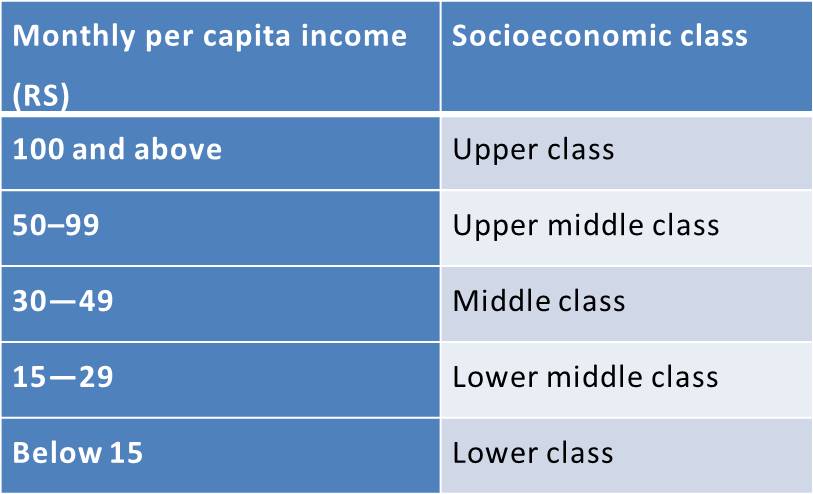Types of Piped Water supply
There are two main systems of piped water distribution:
1. Intermittent water supply: Water is supplied only during fixed timings during the day.
2. Continuous water supply: Water is supplied throughout the day.
Most of the cities in India have intermittent supply of water. There are certain disadvantages of the intermittent water supply.
• Water may not be available immediately during an emergency.
• Consumers need to store water. This may lead to contamination of drinking water and potential for mosquito breeding.













